Kurotani village (黒谷) is located in a valley in the mountainous city of Ayabe (綾部市) in the Kyoto prefecture.
The identity of this tiny village is entrenched in its 800-year-old paper-making heritage. Surviving soldiers of the defeated Taira Clan had fled to the village to hide from their enemy. The mountainous terrain was unsuitable for growing rice so they made washi (Japanese paper) for a living as the mulberry plant was abundant in the surrounding forests.

Once upon a time, most of the households in the village were engaged in making Kurotani washi (黑谷和纸). The durable paper was used to produce everyday items such as shoji doors and lanterns, umbrellas, and kimono wrapping paper over the centuries.
The demand for washi declined in the mid-twentieth century with the advent of technology and growing preference for regular machine-made paper. In 1983, the ancient craft of making Kurotani washi was designated as an Intangible Cultural Asset of Kyoto Prefecture.
Today, visitors can go to Kurotani Washi Kogei-no-Sato, Washi Craft Training Centre, to observe and learn how this Japanese paper is made. Housed in a former elementary school, it is opened on weekends (and is closed throughout winter).

Making washi is a tedious physical process that traditionally spanned multiple days in winter. The 11 main steps include harvesting and steaming the Kozo (mulberry plant, broussonetia papyrefera), stamping on the bark in the river to soften it, boiling, and drying.
While the fundamentals of washi-making has changed little over the centuries, it now takes less time with the use of machines. For instance, the continuous manual pounding of the pulp which used to take two days can now be completed in two hours.
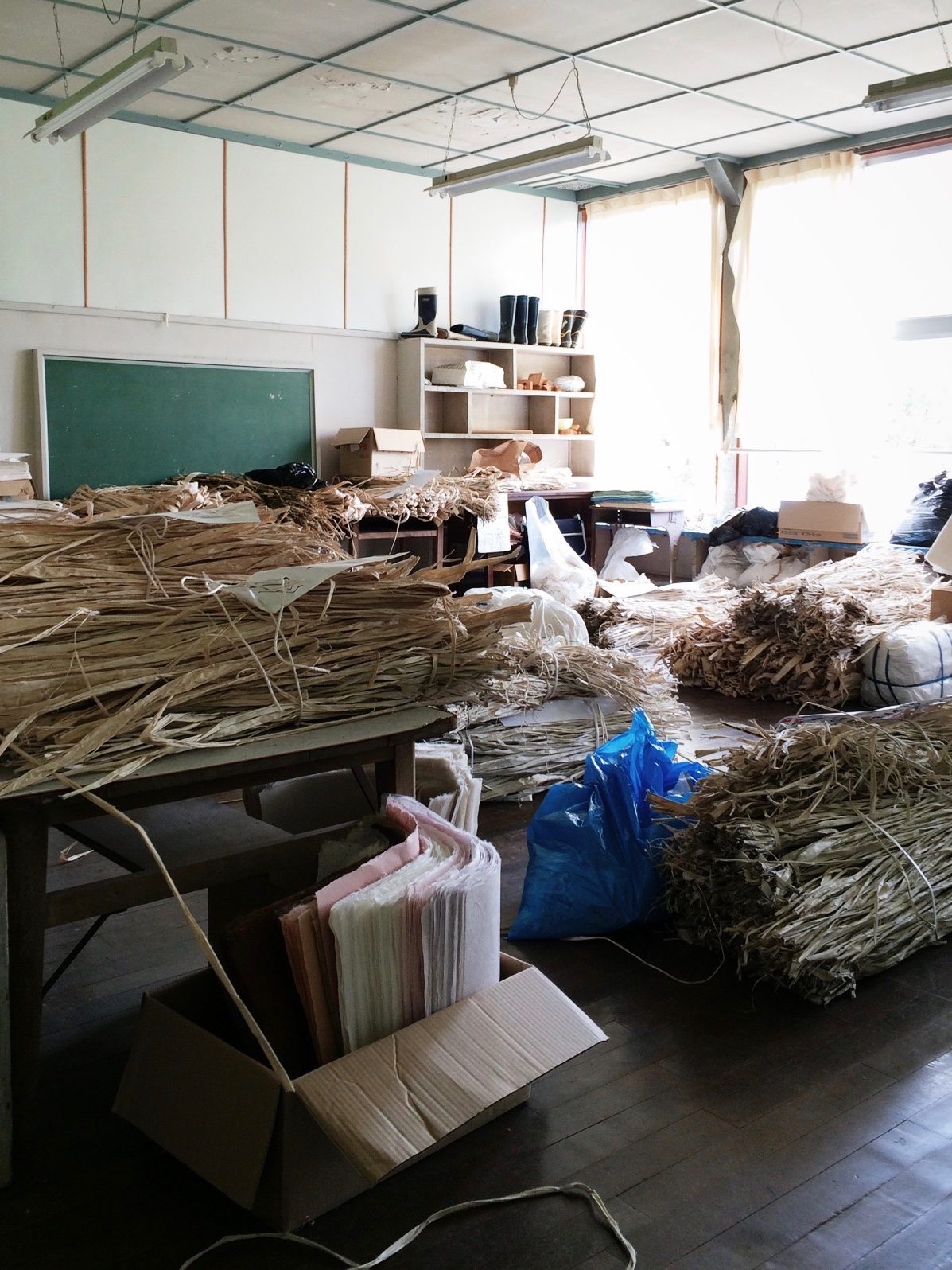
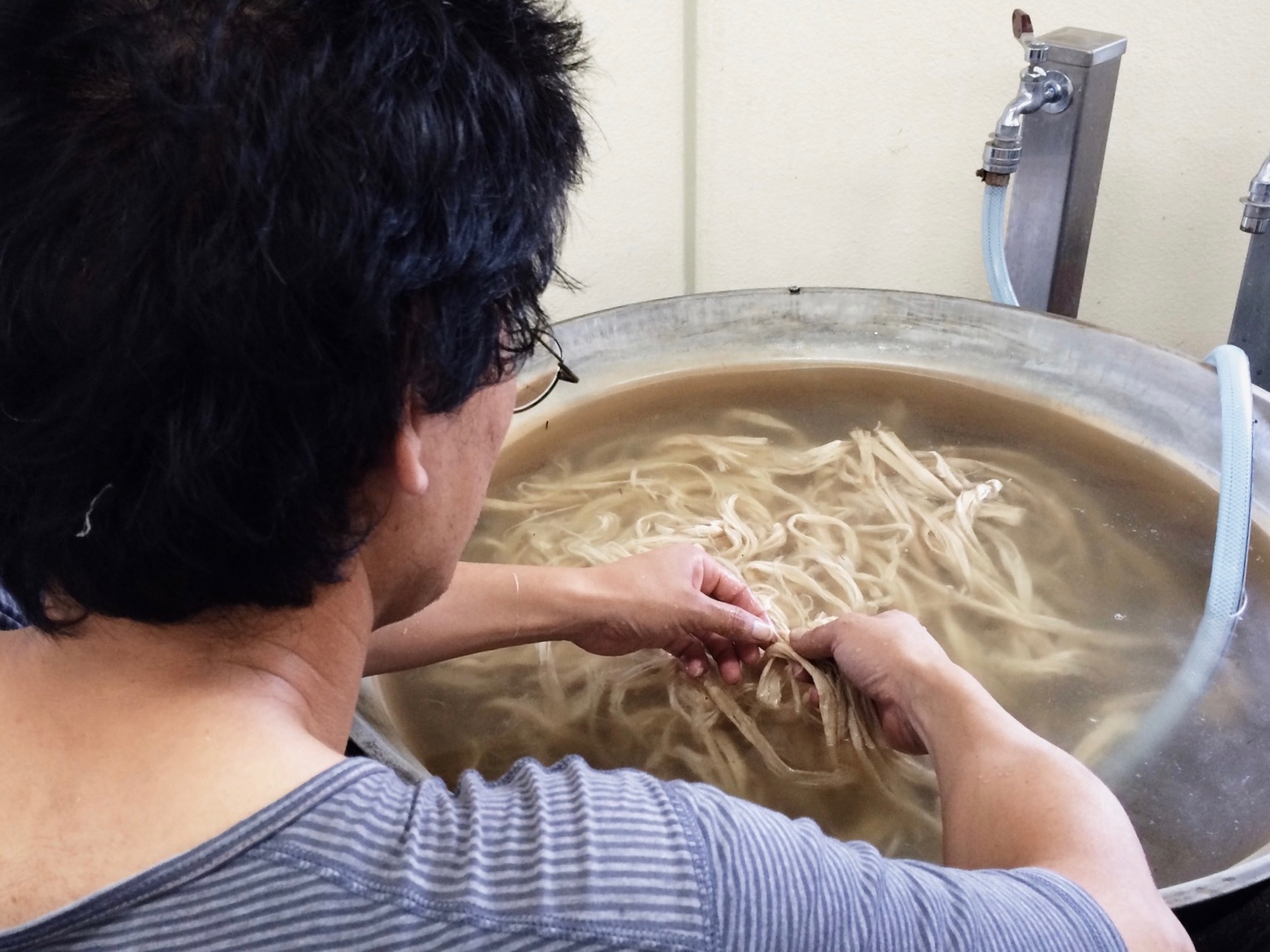

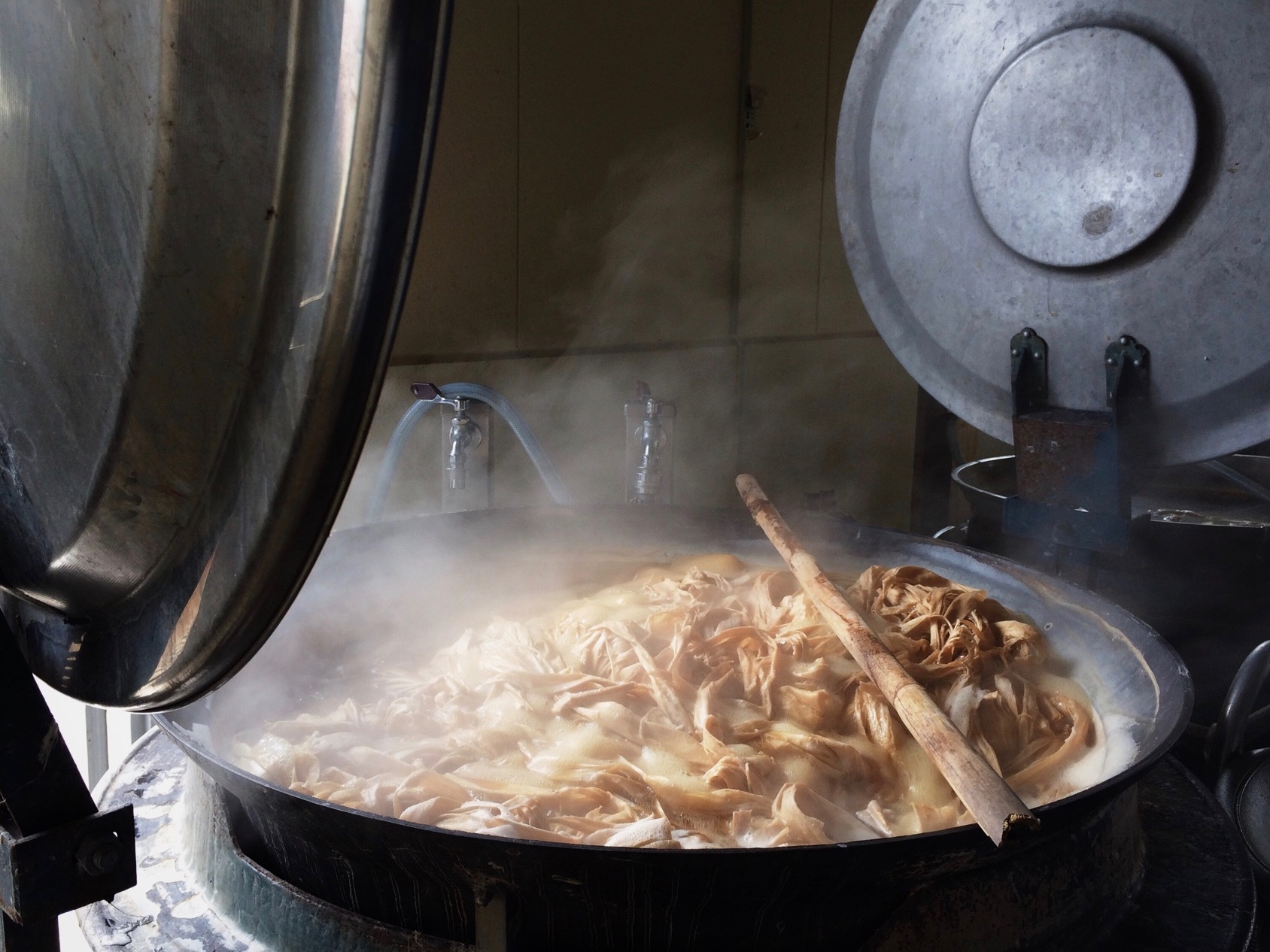
Making washi also requires patience, care, and skill. Imagine swiftly moving a wooden screen back and fro through a murky liquid to collect pulp to form a smooth layer that is then peeled off, pressed to remove the water, and plastered onto a board to dry.
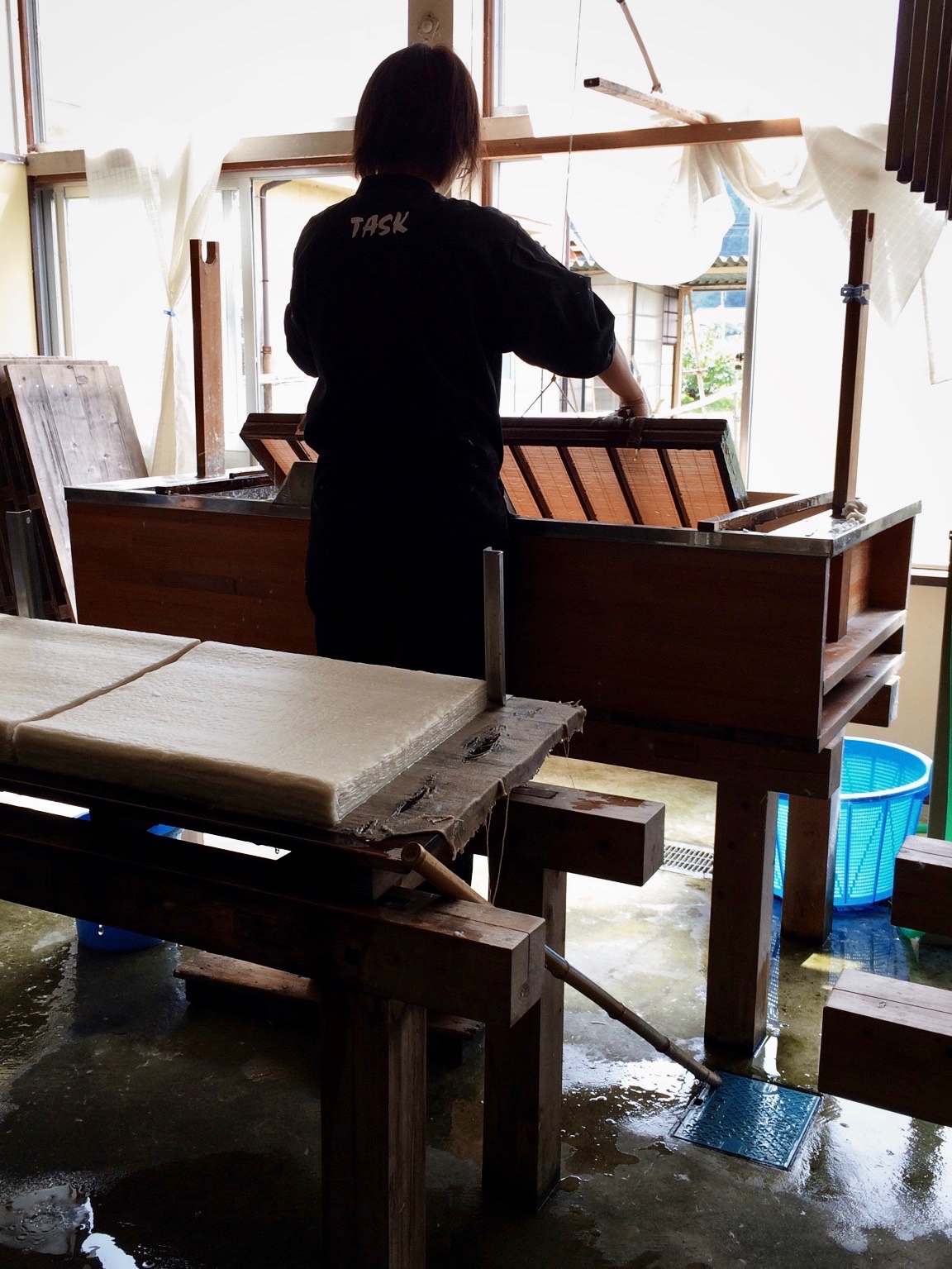
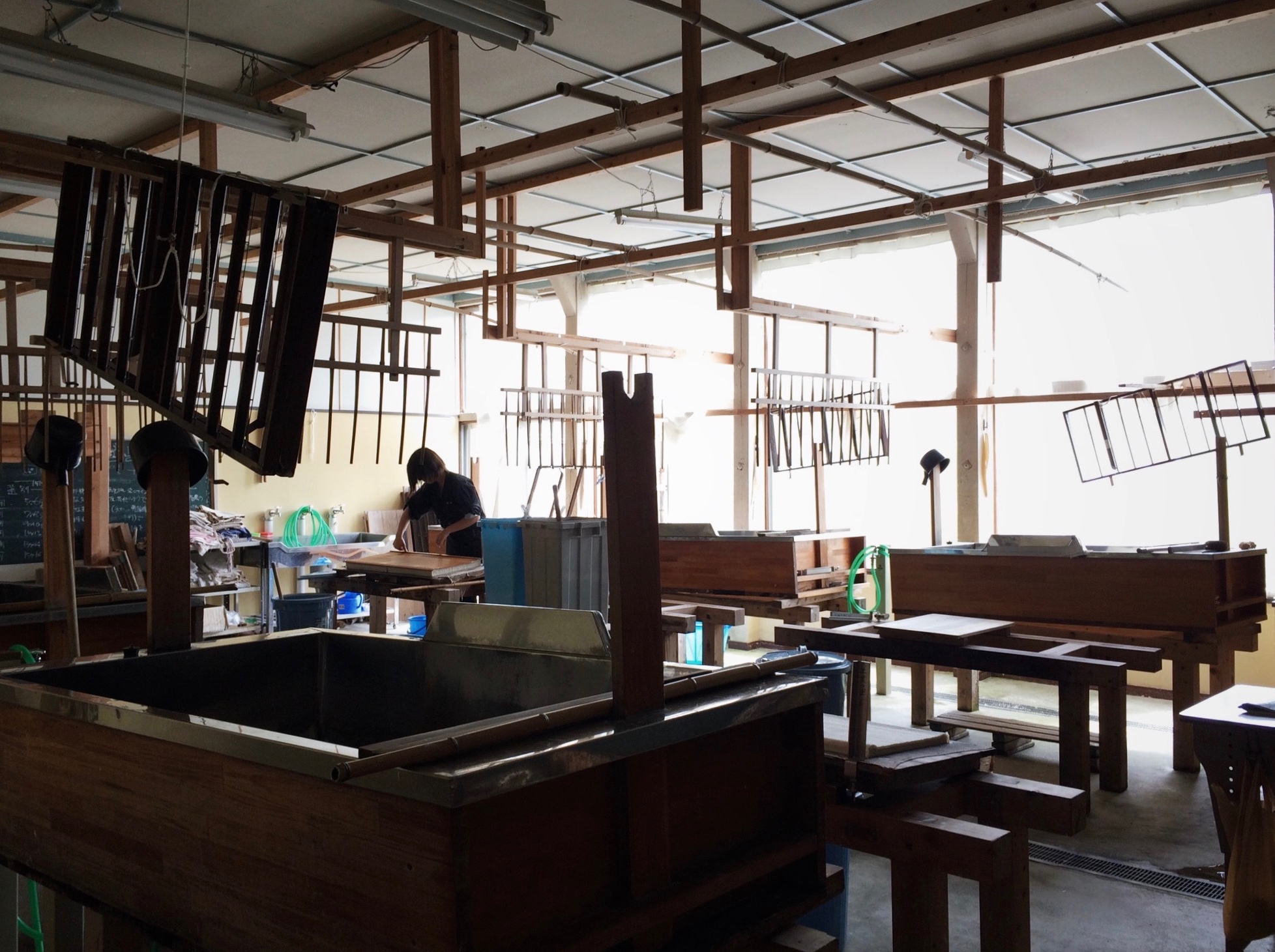
After the paper has dried, it is made into items such as greeting cards, bags, business card holders, and goshuin-cho (book used by pilgrims to collect stamps at Japanese temples). Stencil designs are sometimes applied to the textured paper.
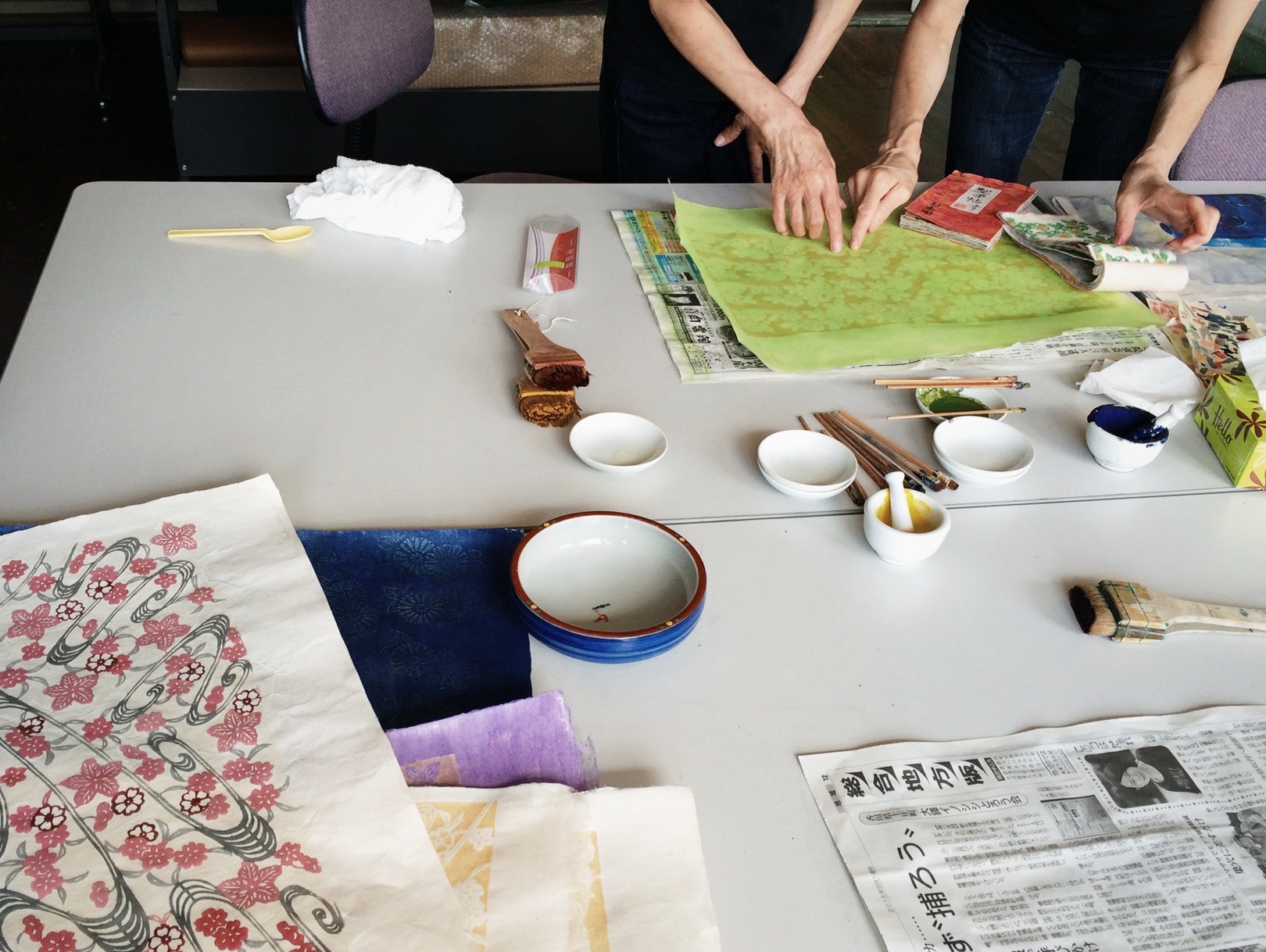

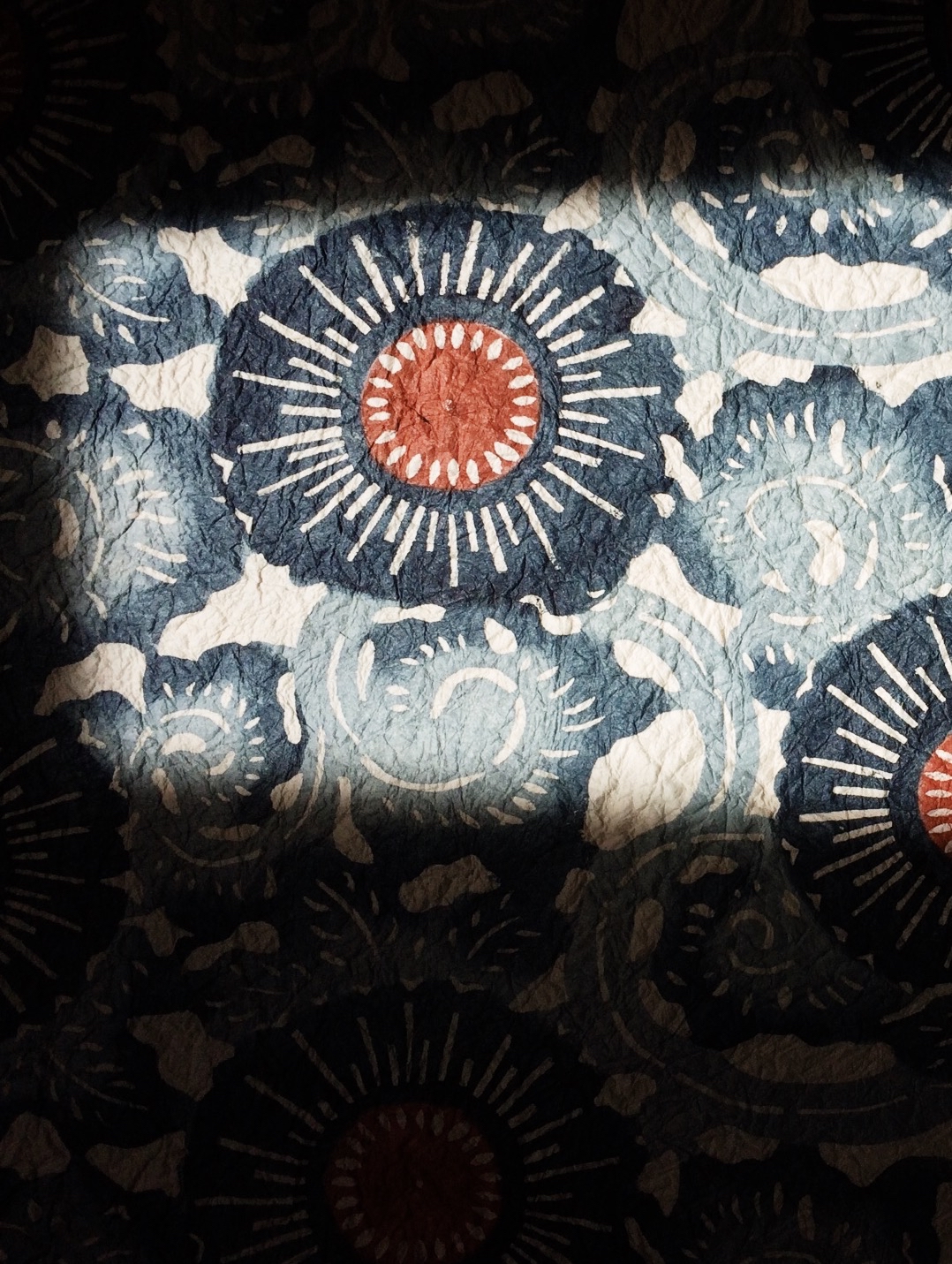
We had a go at a simplified step within the paper-making process. The washi we made was mailed to our home in Brussels a month later, a pretty reminder of our brief time in Kurotani village. 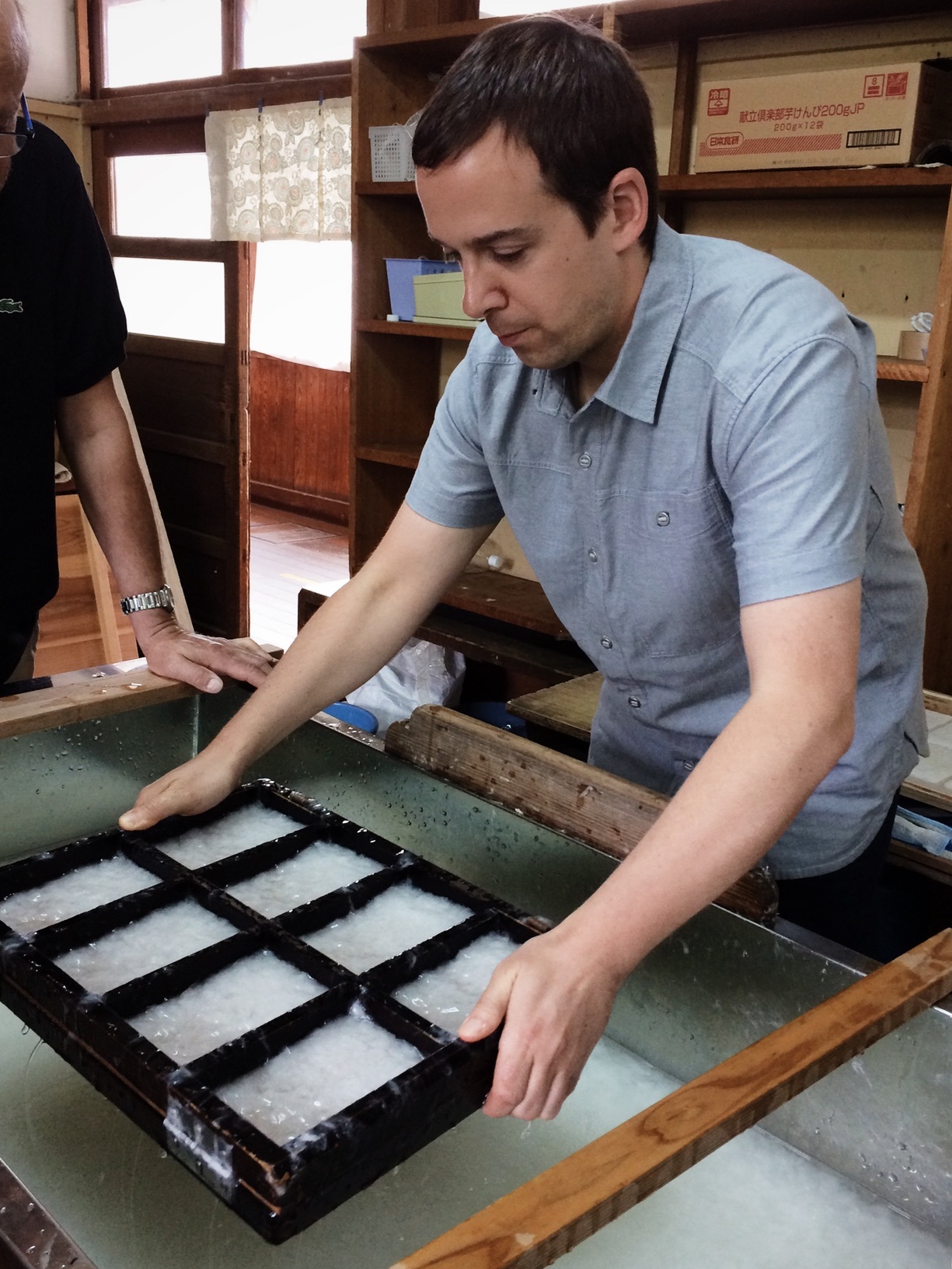
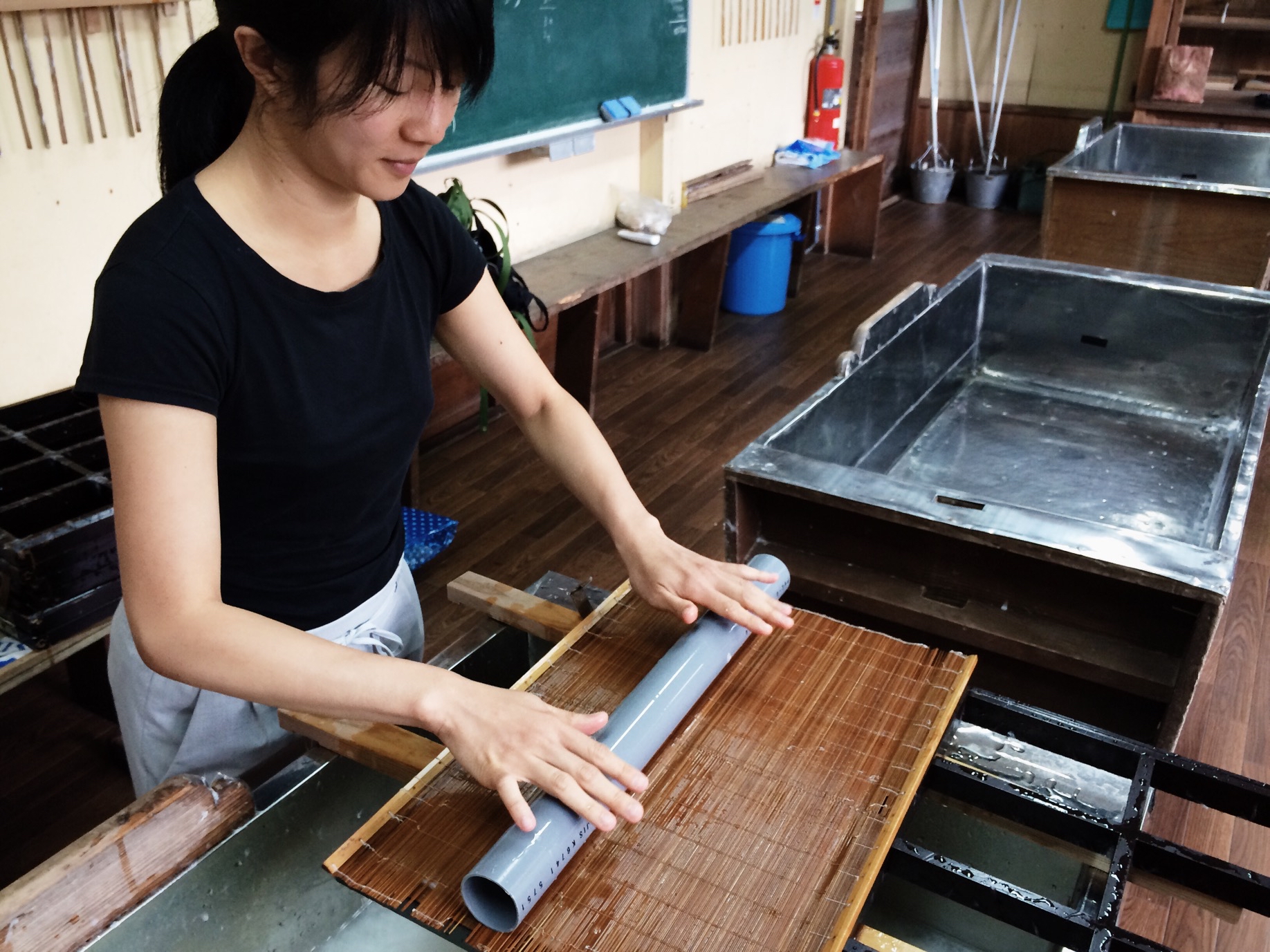
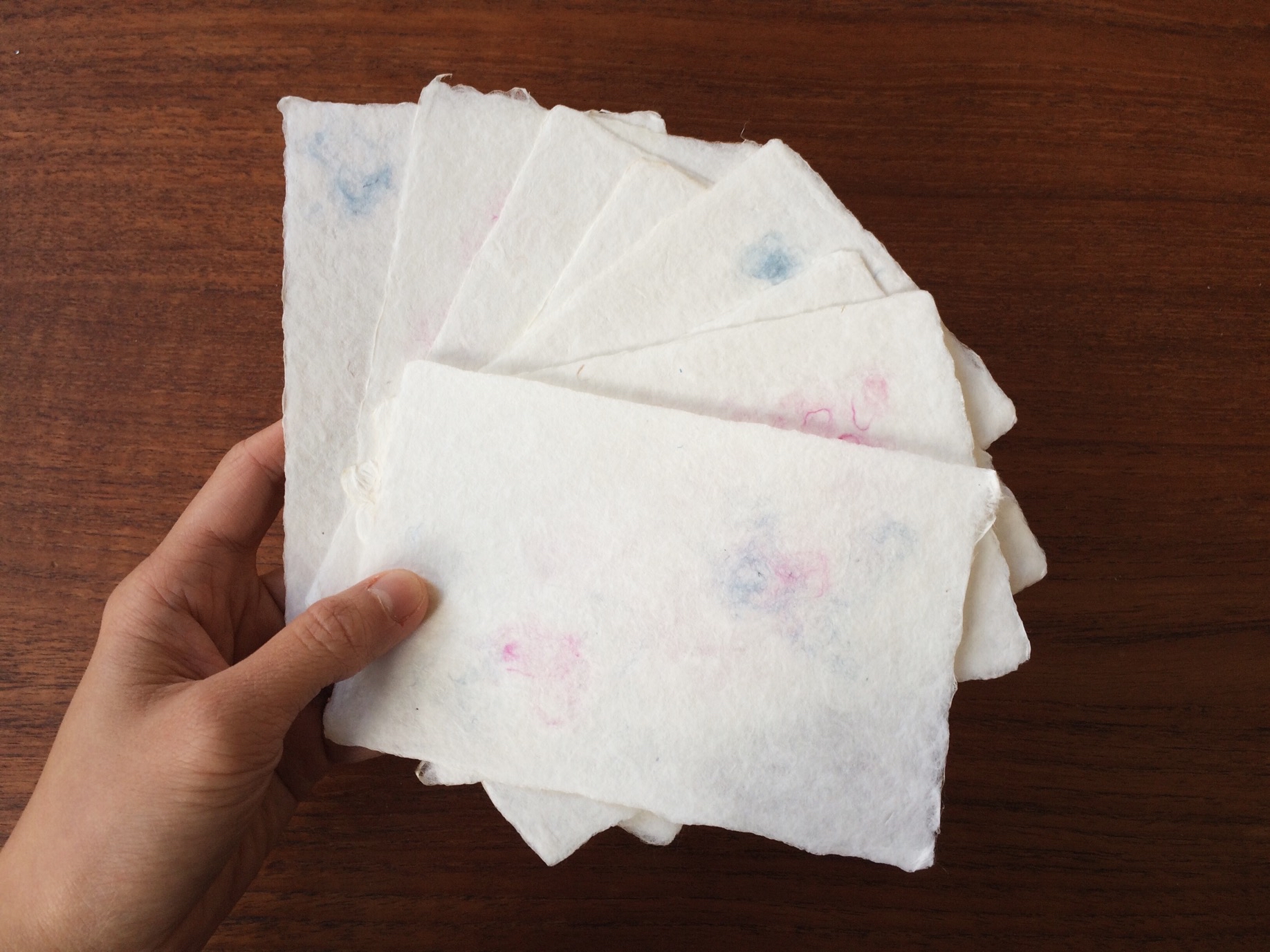
Kurotani is one of only two washi producers in Kyoto. The people running the Kurotani Washi Kogei-no-Sato, Washi Craft Training Centre did not speak English, so it would be handy to have a guide or translator if you plan to visit it.

If you are not going to be in Japan anytime soon, I recommend this evocative short film by Takashi Kuroyanagi on the making of Kurotani washi. If you have more time, there is a 30-minute documentary (in Japanese) that provides a more detailed look at the production of the paper.

Leave a reply to Heide Cancel reply